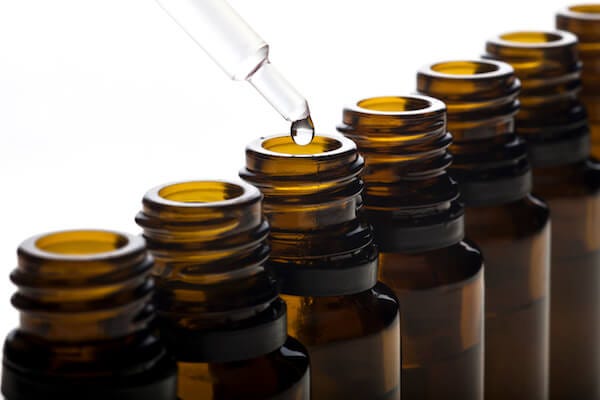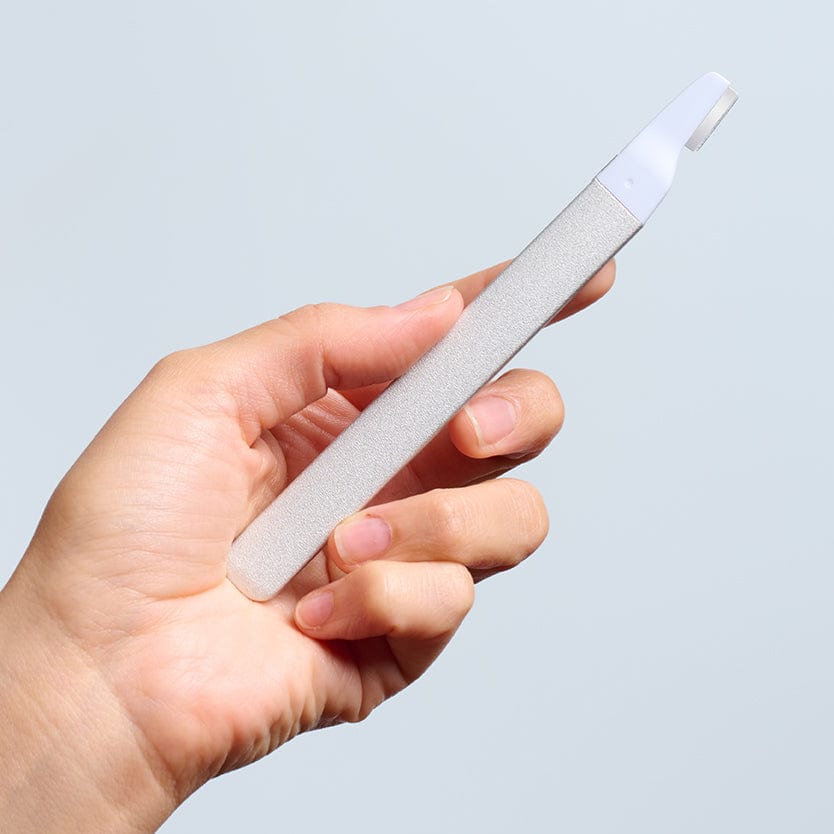Combining Powerful Ingredients: Do’s And Don’ts
Written by Kerry Benjamin

When it comes to skincare myths, there are plenty floating around the internet and most people’s heads. But recently, I’ve noticed certain myths are gaining steam—ones regarding the ingredients you should and shouldn’t combine in your regimen. While it’s true that there are some ingredient cocktails that aren’t ideal for your skin, there seems to be a lot of misinformation about the exact effects of mixing specific ingredients. I’ve long supported using lots of powerful ingredients on the skin at once for a simple reason: this technique provides real, fast, and lasting results. But before you go slathering on face creams willy nilly, read on for a few key combinations and their effects.
Retinol + AHAs/BHAs
Contrary to popular belief, these two ingredients DO NOT cancel each other out. This belief comes from the idea that retinol cannot work in acidic environments,which is just not true. In fact, AHAs may actually help retinol work better because they remove the top layer of dead skin and allow retinol to penetrate more deeply. If you have sensitive skin,the double whammy of these two ingredients can cause irritation and redness so look for products that contain a heavy dose of anti-inflammatory ingredients. If you do use both, make sure to apply them at different times of day to minimize irritation. And make sure you’re diligent about sunscreen as both increase sun sensitivity.
Retinol + vitamin C
This is another ingredient cocktail that a lot of people think results in neither ingredient working due to the false belief that retinol doesn’t work in an acidic environment. In fact, the opposite is true. Vitamin C actually increases retinol’s effectiveness by stabilizing it. Together, they act as powerful protectors against environmental aggressors. Be warned that depending on the type of vitamin C, this combo can cause irritation. Look for a serum that contains both, which has been carefully formulated by chemists to maximize benefits and minimize irritation.
Benzoyl Peroxide & Retinol
This one is TRUE. Benzoyl peroxide and retinol counteract one another. I have never been a fan of benzoyl peroxide to begin with because of its very serious irritating effects. If you’re battling acne and using a retinol prescription like Retin-A or Tazorac to help fight the issue, you’re better off looking for a spot treatment with salicylic acid than one with benzoyl peroxide. Not only is salicylic acid gentler on your skin, it also works well with retinol and will kill the acne-causing bacteria lurking in your blemish.
Vitamin C + AHA
Vitamin C and AHAs actually make a great power couple. You just have to know how to apply them. AHA based products generally have a lower pH than vitamin C serums. When applied first, AHA products acidify the skin and help dissolve dead skin cells that prevent serums from absorbing fully. If you apply the vitamin C before the AHA product,chances are the vitamin C isn’t going to be able to achieve as much change in your skin as if you reversed the order. Both of these ingredients are acidic, so look for products with a lower concentration of AHAs to keep peeling and redness to a minimum.
About the Author

Kerry Benjamin, a licensed aesthetician, has over 14 years of experience. Kerry is the driving force behind StackedSkincare. As the company's CEO, Kerry has dedicated her career to revolutionizing skincare. Her innovative approach combines peels, serums, and specialized tools to effectively address a wide range of skin concerns. CA LE license number Z98459.

